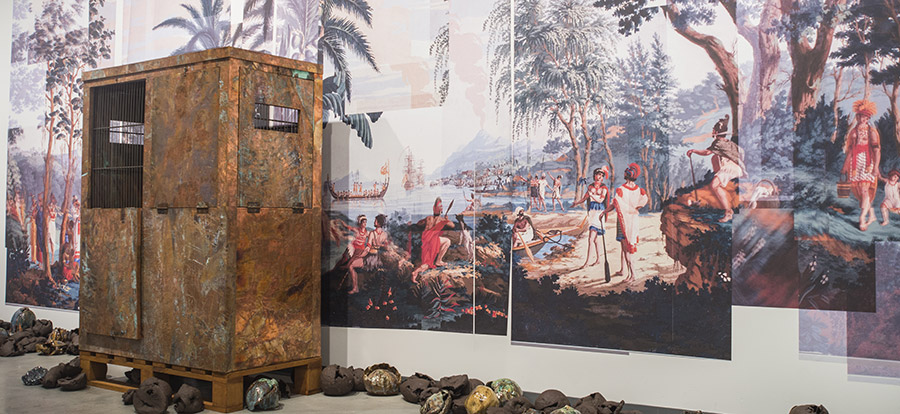By Emily Saks, Staff Writer
Is the arts industry dying? A study by the Brookings Institute last August estimated a loss of 2.7 million jobs and $150 billion in sales for the arts industry between April 1 and July 31, 2020. Almost a year later, the arts industry continues to struggle in the face of the ongoing pandemic. Indeed, it is one of the industries that is most vulnerable to the impact of COVID-19 and will likely be one of the last ones to reopen.
A recent open letter to the U.S. Senate requested a modest $44 billion in economic relief to go to the National Endowment for the Arts, National Endowment for the Humanities and other arts and culture institutions. The letter highlights the economic importance of the arts industry, particularly in states like Florida and New York. The arts bring in over $36 billion (3.7%) of Florida’s state revenue, while in New York, Broadway sold more tickets than New York and New Jersey sports teams combined for the year 2019. The letter currently has 16,462 signatures.
Pre-COVID challenges to the arts
Even before the pandemic, the value placed on arts and arts education appeared to be on the decline. Recent federal administrations have tried to cut back on spending on the arts and humanities. For example, in 2019, the Trump administration sought to eliminate federal funding for the arts, public television and radio, libraries and museums.
An analysis by the National Endowment for the Arts stated that in 2008, all 18 to 24-year-olds—regardless of their socioeconomic status as children—were less likely to have had a childhood arts education than the 18 to 24-year-olds of 1982. This trend seems to be explained largely by decreases among ethnic minorities. Arts education among those who identified as African-American declined from about 50% in 1982 to 28% in 2008; and the percent of Hispanic individuals who had access to a childhood arts education declined from 47% to 26% in that same period.
Unfortunately, fiscal spending priorities and budget cuts in public education may account for decreases in access to arts education in schools. A look at the 2020 fiscal budget reveals that the money allotted to education was only a third of that allotted to defense. It is also important to note that the U.S. is the biggest military spender internationally, spending more than the following ten countries combined.
These findings stand in sharp contrast to the known importance of the arts and arts education. Studies have documented the numerous health benefits of activities such as writing, music and dance for adults. The benefits of participation in the arts are also not limited to adults; a randomized controlled study by the Brookings Institute found that arts educational experiences led to decreases in disciplinary infractions and increases in test scores for children.
The arts in a post-COVID world
The future of the arts industry remains uncertain. Without federal aid, many artists will continue to face unemployment. Others will decide to change careers, as many already have. Before COVID, elementary school children may have learned the basics of the violin or flute, but with classes moving online, it may be more difficult for children to begin learning an instrument or to practice from their own homes. Moreover, when schools return to in-person settings, arts education will likely take a back seat to subjects like math and English. For a significant number of musically inclined adults, their love of music began early in life. How will this impact our future generation of budding artists?
When the arts industry emerges from this pandemic, it may look different. In future years, artists may increasingly reach audiences through the internet by adapting their work to streaming or social media platforms. We may see an increase in local arts organizations or performances held in smaller venues. In fact, future designs of venues, galleries and museums could take into account existing issues of distancing, ventilation and the need for enhanced hygiene measures.
The pandemic has had a devastating impact on the arts industry. It is not just a loss for the economy, but a loss for our culture and communities. This is not the first our country has faced, nor will it be the last. However, at a time when group gatherings are discouraged, and many Americans are struggling with isolation, art offers us a means of expression and connection. In whatever form they take, the arts will continue to inspire us, provoke reflection and provide comfort in difficult times.
Image credit: Haverford College. Pictured: VCAM Create Space exhibit
